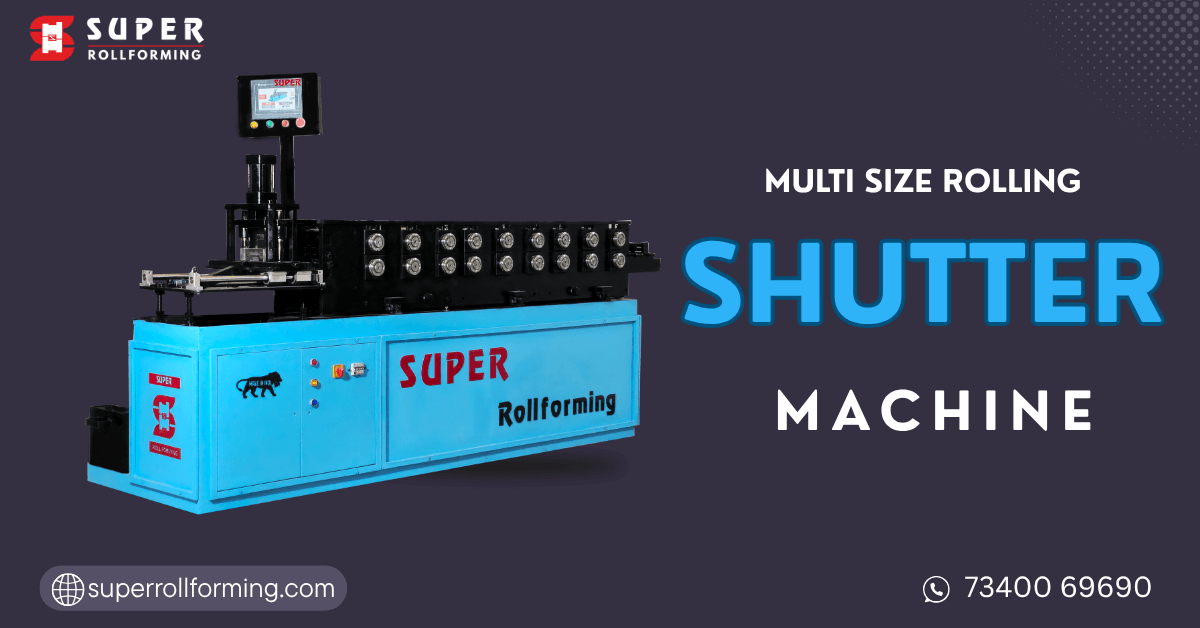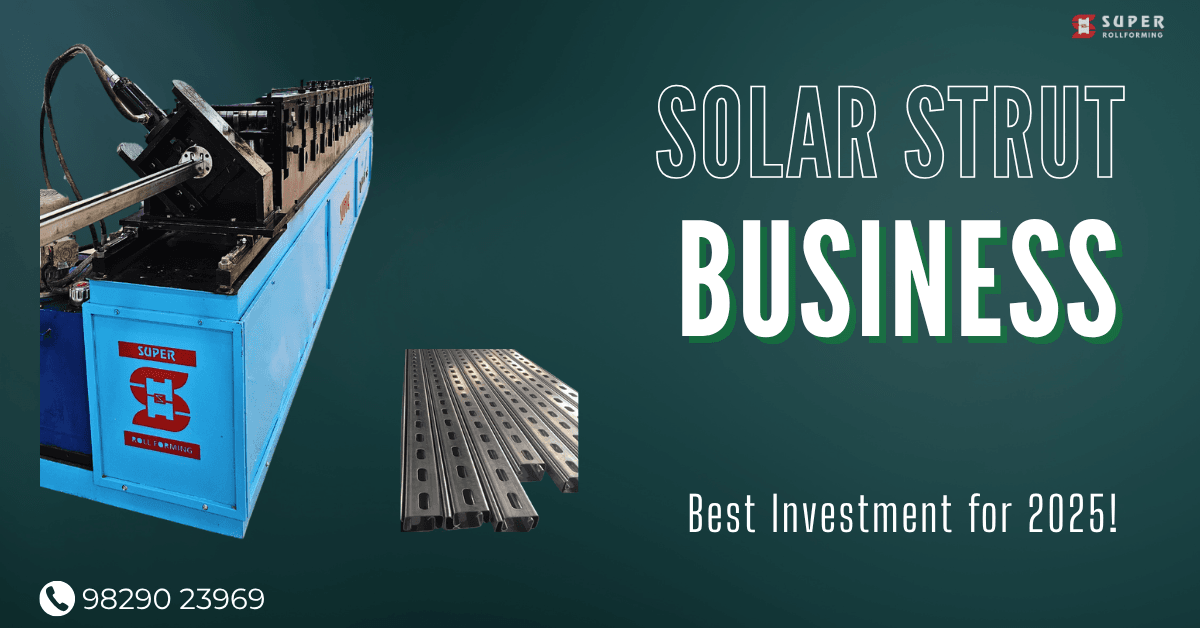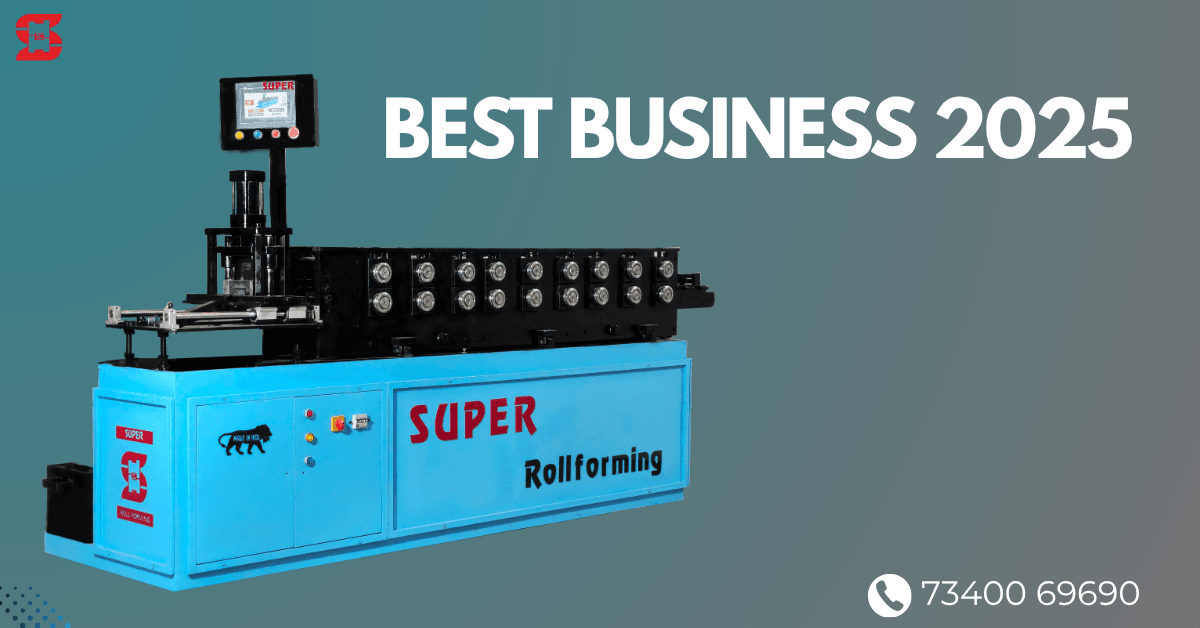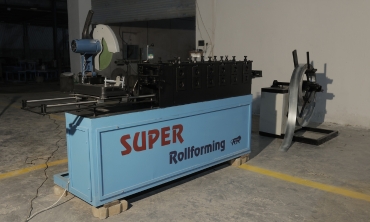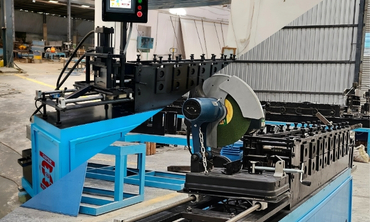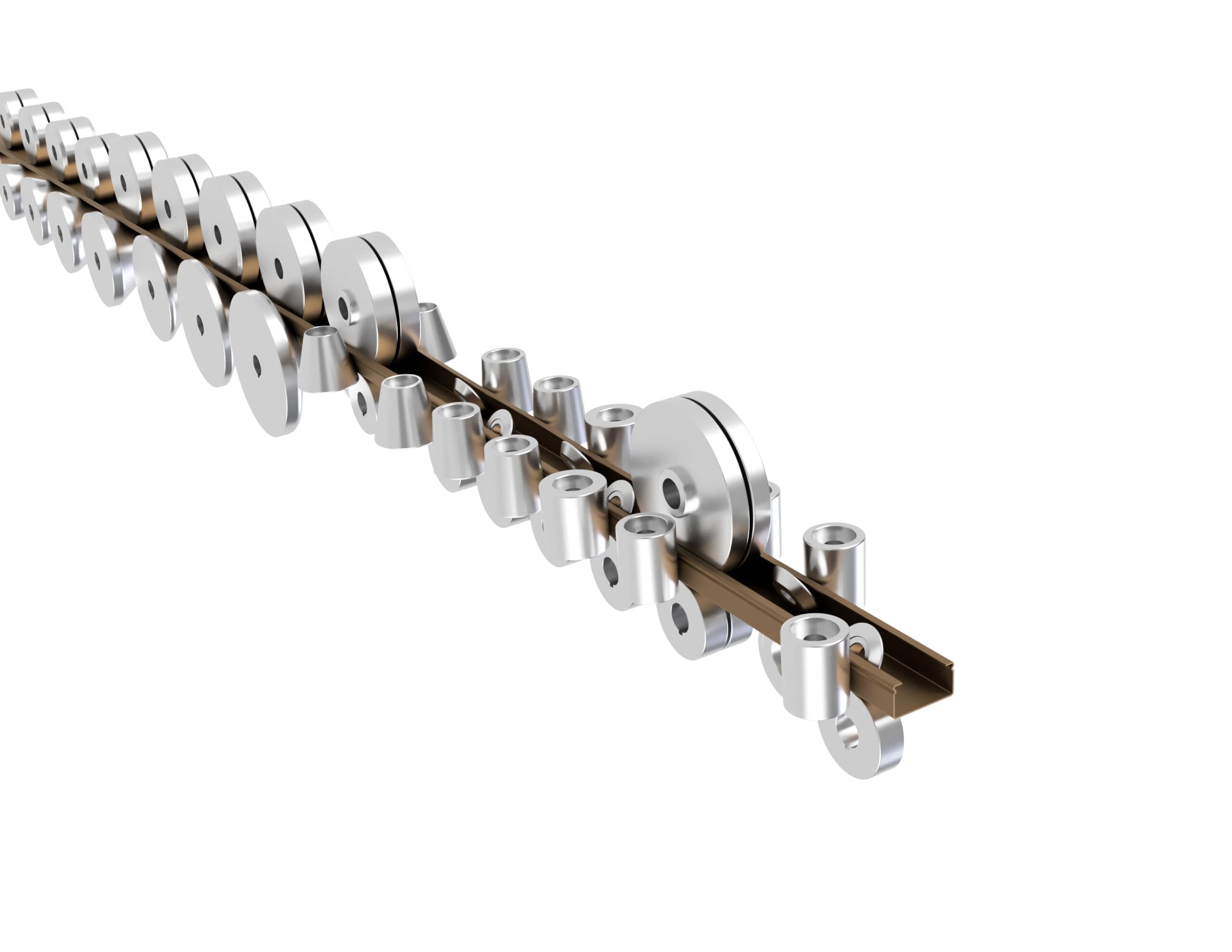Roll forming is a widely adopted manufacturing process, celebrated for its efficiency, versatility, and capability to produce high-quality metal profiles. Traditionally, steel and aluminum have been the primary materials for roll forming. However, the need for sustainable, lightweight, and durable solutions has led to the exploration of new materials. In this article, we’ll dive into some innovative materials making their way into roll forming, the benefits they offer, and what the future might hold.
The Role of Material Innovation in Roll Forming
Innovative materials are increasingly necessary for industries like automotive, aerospace, solar energy, and construction, where traditional metals may not fully meet modern performance and sustainability demands. Material innovation in roll forming contributes to:
- Enhanced Durability: Reducing wear and tear, especially for parts exposed to harsh conditions.
- Sustainability: Using eco-friendly materials or materials that minimize waste.
- Lightweight Design: Vital for automotive and aerospace sectors aiming to reduce fuel consumption and emissions.
- Cost Efficiency: Lower production costs by using materials that are easier to shape or have better longevity.
Top Innovative Materials for Roll Forming
1. Advanced High-Strength Steel (AHSS)
What It Is: AHSS is a type of steel with superior strength-to-weight ratio, offering enhanced ductility and toughness compared to traditional steel.
Why It’s Important:
- Lightweight and Strong: Ideal for automotive parts, it helps reduce vehicle weight without compromising safety.
- Durable and Corrosion-Resistant: AHSS provides better corrosion resistance, making it suitable for structural applications.
- Energy Absorption: High strength allows for energy absorption during crashes, improving safety standards in automotive designs.
Applications:
- Automotive body panels and crash components
- Structural frameworks in construction
- Safety and reinforcement structures
2. Aluminum Alloys
What It Is: Aluminum has always been a staple in roll forming, but newer alloys with improved strength and flexibility are expanding its usability.
Why It’s Important:
- Lightweight: Aluminum is significantly lighter than steel, making it ideal for sectors like aerospace and transportation where weight is critical.
- Corrosion Resistance: Certain aluminum alloys are highly resistant to corrosion, adding to the longevity of the end products.
- Energy Efficient: It takes less energy to process aluminum compared to other metals, making it a more eco-friendly option.
Applications:
- Aircraft and automobile panels
- Solar framing systems
- HVAC components
3. Titanium Alloys
What It Is: Known for its exceptional strength-to-weight ratio, titanium is one of the most durable metals available for roll forming.
Why It’s Important:
- Extreme Strength: Titanium is as strong as steel but weighs about 45% less, crucial for load-bearing applications in aerospace.
- Corrosion and Temperature Resistance: Titanium performs well in extreme temperatures and corrosive environments.
- Longer Lifespan: Its resilience makes titanium an economical choice despite its high initial cost.
Applications:
- Aerospace structures and components
- High-performance automotive parts
- Medical devices and equipment
4. Magnesium Alloys
What It Is: Magnesium is one of the lightest metals available, and its alloys provide exceptional strength with minimal weight.
Why It’s Important:
- Low Density: Magnesium is about 33% lighter than aluminum, which is valuable for fuel efficiency in transportation industries.
- Strong and Malleable: Magnesium alloys have a good strength-to-weight ratio and can be formed into complex shapes.
- Eco-Friendly: Magnesium is easily recyclable, which aligns with the sustainability goals of many companies.
Applications:
- Automotive industry for lightweight components
- Aerospace for structural applications
- Electronic casings and housings
5. Composites and Fiber-Reinforced Polymers (FRP)
What It Is: Composites like fiber-reinforced polymers (FRP) combine polymers with fibers (often glass or carbon) to create a lightweight but strong material.
Why It’s Important:
- High Strength and Low Weight: Composites provide high stiffness and strength without the added weight of metals.
- Design Flexibility: FRP materials can be molded into intricate shapes that are challenging with metals.
- Corrosion and Fatigue Resistance: Ideal for applications where components face regular wear and environmental exposure.
Applications:
- Building facades and cladding
- Aerospace panels and internal structures
- Renewable energy components, such as wind turbine blades
6. Ultra-High Molecular Weight Polyethylene (UHMWPE)
What It Is: UHMWPE is a thermoplastic with outstanding impact and abrasion resistance, often used in industrial applications where durability is key.
Why It’s Important:
- Exceptional Impact Resistance: UHMWPE can withstand heavy impacts, making it useful for safety and protective applications.
- Low Friction: This makes it suitable for parts that need to slide or move easily without lubrication.
- Lightweight and Chemically Resistant: It is lighter than many metals and does not corrode, increasing its application versatility.
Applications:
- Industrial protective liners and guides
- Medical device components
- Food processing equipment
Future of Innovative Materials in Roll Forming
Material innovation in roll forming is evolving quickly, driven by technological advancements and market needs for sustainability, cost-effectiveness, and product performance. Some trends shaping the future of roll forming materials include:
- Eco-Friendly Composites: More sustainable composites are being developed, particularly for construction and transportation sectors, offering green alternatives without compromising durability.
- Nano-Enhanced Materials: Nanotechnology enables enhancements at the molecular level, creating stronger and lighter materials. For example, carbon nanotube composites could revolutionize the automotive and aerospace industries.
- Recycled and Bio-Based Materials: With sustainability goals in mind, recycled metals and bio-based polymers are being researched and tested for roll forming.
Key Takeaways
- Roll forming is expanding beyond traditional metals: Advanced high-strength steels, aluminum, and magnesium alloys lead the charge in lightweight, strong materials for high-demand sectors.
- Composites offer unique benefits: Composites like FRP are highly customizable, corrosion-resistant, and lightweight, ideal for applications across industries.
- Sustainability is a primary focus: As industries push for sustainable practices, eco-friendly materials and processes in roll forming are gaining traction.
Conclusion
Innovative materials are reshaping the future of roll forming, bringing enhancements in strength, durability, weight, and eco-friendliness. As these materials evolve, industries from automotive to renewable energy will benefit from roll forming’s flexibility and precision. By staying at the forefront of material science, roll forming can meet the future’s complex manufacturing demands.
Exploring new materials and technologies in roll forming will be essential for companies looking to stay competitive, meet regulatory standards, and offer innovative products. The next era of roll forming looks bright, thanks to the continuous innovation in materials that are lighter, stronger, and more sustainable.

